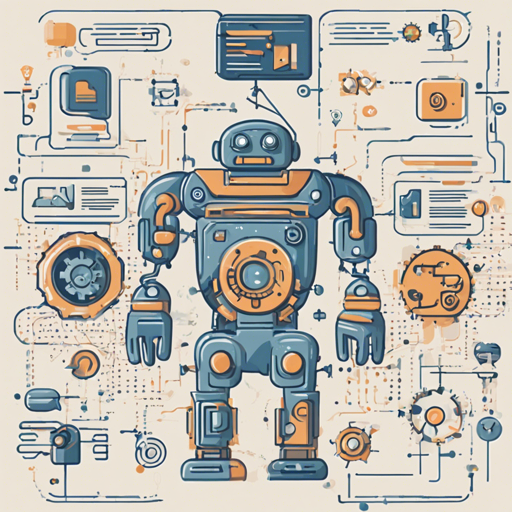Welcome to the future of human resources management, where an autonomous HR chatbot takes inquiries off your plate and serves your employees efficiently! This blog post walks you through creating an HR assistant that utilizes ChatGPT, LangChain, Pinecone, and Streamlit.
Overview
Imagine having a personal assistant who knows the ins and outs of HR queries, from timekeeping policies to employee data. This prototype application serves as your autonomous agent, proficiently answering HR questions using its intelligent capabilities. The core components are:
- Timekeeping Policies: A sample HR policy generated by ChatGPT.
- Employee Data: A CSV file with dummy employee information managed via LangChain.
- Calculator: A handy module for performing calculations related to HR tasks.
Setting Up Your Autonomous HR Chatbot
Let’s get started on building this incredible tool!
Step by Step Instructions
- Install Python 3.10: Download and install Python based on your OS:
- Clone the Repository: Start by cloning the repository to your local directory.
- Install Prerequisites: Navigate to your local directory and run the command:
pip install -r requirements.txt - API Keys Setup: Go to the
hr_agent_backend_local.py(orhr_agent_backend_azure.pyif you’re using Azure) file and input your API keys. - Run the Chatbot: Execute the following command in your terminal to start the chatbot:
streamlit run hr_agent_frontend.py
Storing Embeddings in Pinecone
Pinecone is a vector database essential for your chatbot’s performance. Here’s how you can set it up:
- Create an account in Pinecone and note down the API and environment values.
- Run the
store_embeddings_in_pinecone.ipynbnotebook and replace API keys with your own.
Understanding the Code: An Analogy
Think of your autonomous HR chatbot as a skilled chef in a kitchen, where:
- The recipes represent HR policies and employee data, which guide the chatbot’s knowledge.
- The ingredients are your input data (CSV files), which the chef uses to craft delicious meals (responses).
- Your kitchen tools – the LangChain’s calculator and embeddings – help refine and enhance the flavors of each dish (output), ensuring a delightful experience for your diners (employees).
Troubleshooting?
Here are some common issues you might face:
- API Key Errors: Ensure that you’ve copied the correct API keys from your respective services.
- Dependency Issues: If you encounter issues with libraries, double-check your installed versions against the
requirements.txt. - Performance Problems: If your chatbot is slow, consider looking into your data handling methods and optimizing the vector database queries.
For more insights, updates, or to collaborate on AI development projects, stay connected with fxis.ai.
Conclusion
By following this guide, you’ve set up the groundwork for an autonomous HR chatbot that not only improves efficiency but also enhances employee experience. At fxis.ai, we believe that such advancements are crucial for the future of AI, as they enable more comprehensive and effective solutions. Our team is continually exploring new methodologies to push the envelope in artificial intelligence, ensuring that our clients benefit from the latest technological innovations.

